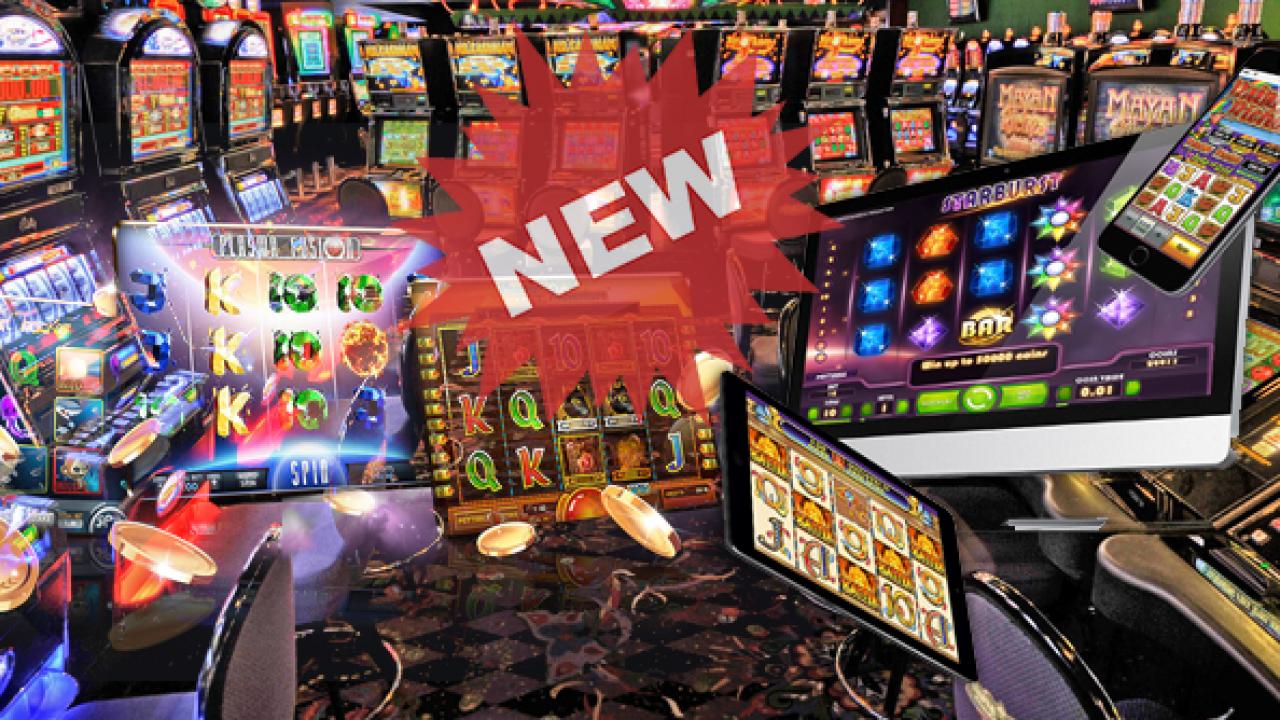
The slot is a rectangular area in ice hockey and field hockey that extends toward the blue line. The term is related to the Latin verb sleutana and is cognate with the German word Schloss. Here are some facts about slots. The Probability of winning a slot is based on the number of pay lines the machine has.
Probability of winning a slot machine
The probabilities of winning on slot machines vary, depending on the game you’re playing. For example, three-reel slots have a higher probability of winning than modern 5 and 7-reel slots. However, a slot game’s odds are also influenced by the number of paylines and symbols on each reel. Using this information, you can calculate your probability of winning on the game, and thus determine the correct slot machine odds.
The chances of winning a slot machine are 50/50. However, the probability of winning will increase if you spin the reels with specific data. For example, if you spin a three-reel slot, you have a 42 per cent chance of winning. This number increases as the reels get bigger.
Payback percentage of slot machines
The payback percentage of slot machines is a measure of how much of your money you can expect to win from a game. It ranges from 75% to 94%. A machine with a 95% payback percentage would pay you back 95% of the money you bet on a single spin. A machine with a 5% payback percentage, on the other hand, would give you only 5% of the money you bet. While this might not seem like a huge difference, it does make sense when you consider that there are hundreds to thousands of spins for a single dollar.
The payback percentage of slot machines is calculated mathematically before a machine is released onto the gaming floor. It’s impossible to know if a machine will ever pay out 100% of the money that a player bets on it, but it’s always better than nothing. The number of winning hands is calculated by the manufacturers before the machines are released onto the gaming floor. They must submit math charts to the state gaming office to ensure the machines meet these requirements.
Number of pay lines in a slot machine
When playing slot machines, paylines are a very important aspect to consider. Each payline in a machine represents a pattern that must be repeated to create a winning combination. Depending on the type of slot machine you’re playing, there can be as few as one pay line or as many as 100. In general, paylines are numbered from left to right and winning combinations must occur on consecutive reels to be paid.
Activating all paylines increases your chances of hitting a winning combination. However, this also increases the cost of each spin and the value of your bet. Therefore, you should carefully read the paytable before spinning the reels.
Variations in slot machines
Slot machines can vary in terms of how they are played and how they pay out prizes. The payouts usually occur when a winning combination is formed. The winning combinations are determined by a pseudorandom number generator. This system uses a mathematical algorithm that is secured and allows developers to be more creative. The slot machine also has several components, including the kicker and stoppers. The kicker is attached to the central shaft, which supports three notched discs, and the stoppers are attached to the second shaft. These components are used to lock into the notches of the discs.
Multi-line slot machines usually have multiple paylines, as well as multiple reels. You can play a single coin on one payline, and two coins on another. The higher the number of coins you play on a single line, the higher the payouts will be. In addition, some machines have a progressive jackpot, which increases as more people play. This jackpot can go as high as millions of dollars.
